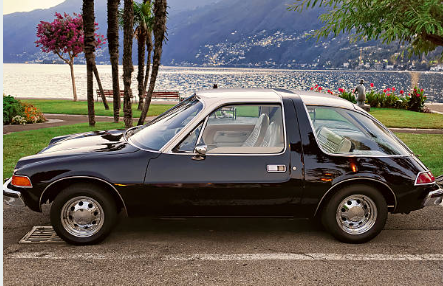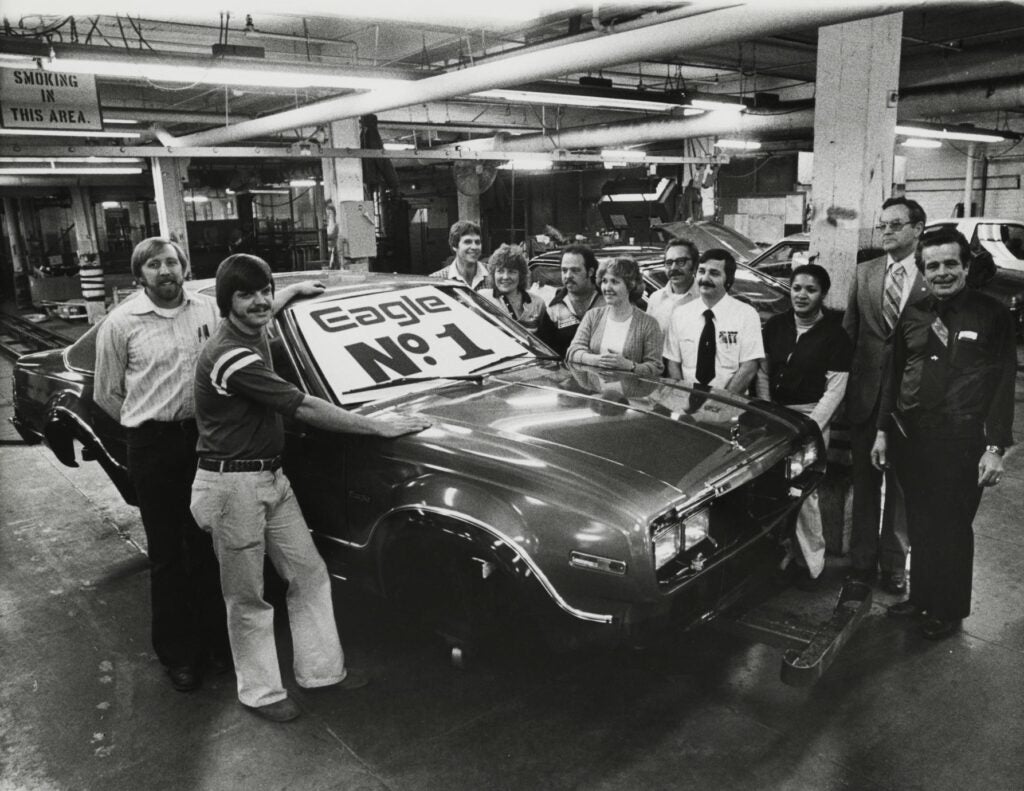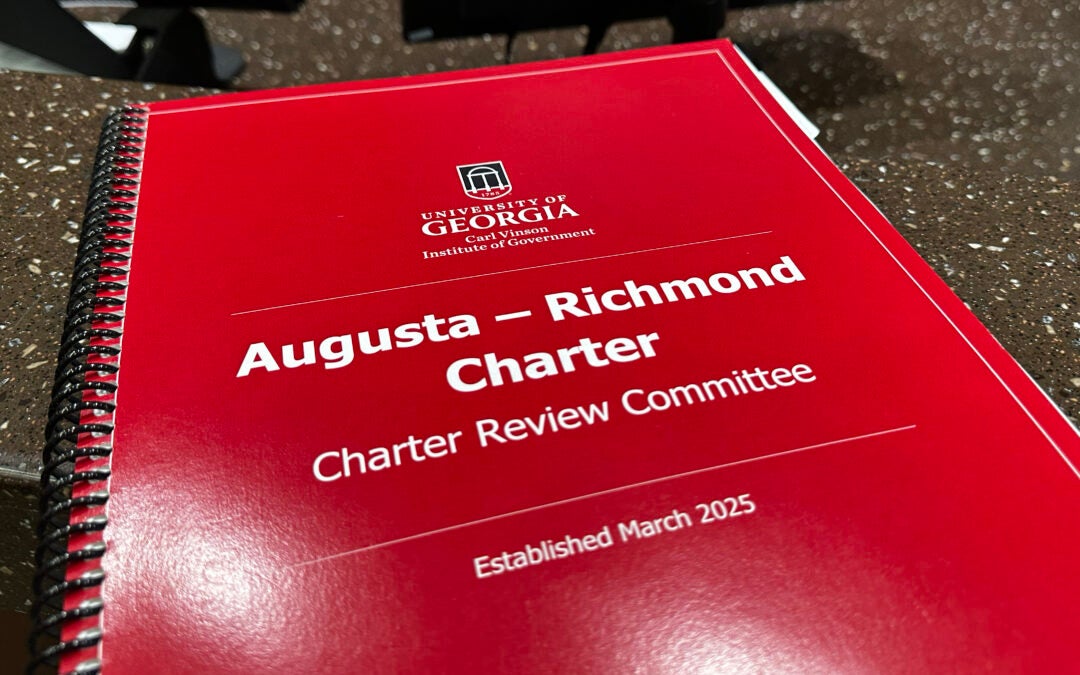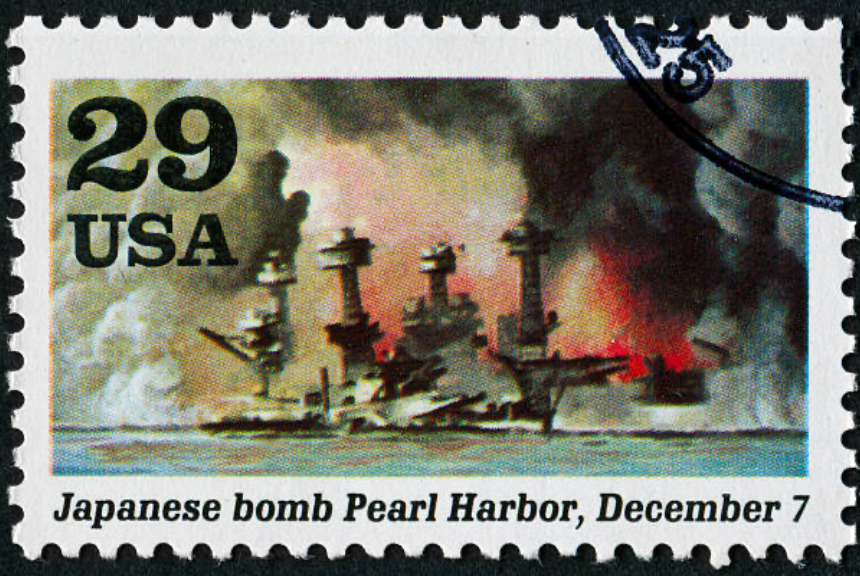American Motors Corporation was once the little car company that could, but, unfortunately, it will always be known for the oddly designed and fuel-inefficient Pacer model of the 1970s.
AMC was a company that experienced soaring highs, but suffered from pure bad luck.
The company was born in 1954 as a result of a merger between Hudson and Nash-Kelvinator.
After World War II, the independent car company was becoming extinct as the Big Three automakers took dominance and provided scores of makes and models all across the price spectrum.
At first, AMC took the economy approach, offering what became the wildly successful Rambler model. The car was small, yet roomy and was solidly built; however, Ford would release the Mustang in 1964 and Rambler sales tumbled.
The Mustang became the “hip” new model for the young crowd and the cute pony car made the Rambler look stuffy and outdated.
AMC countered by offering a pony car that shocked the automotive world. The Javelin, unveiled in 1966, was sleek, powerful and drove more like a European sports car, according to Car & Driver. The high performance AMX version was a true demon at over 400 horses.
The Javelin became AMC’s halo car and helped erase away a bit of the brand’s stodgy image.
Javelin was the right car at the right time, but time would not be on its side. Emissions laws of the 1970s virtually killed off the muscle car.
However, it was the oil embargo that ultimately signed AMC’s death warrant.
The AMC brand was known for its offerings of economy cars, but fuel economy was never a strong suit. In fact, AMC’s Gremlin paled in comparison to Ford’s Pinto and Chevrolet’s Vega on fuel economy.
So, AMC went back to the drawing board. The company needed something truly unique.

In 1975, AMC introduced the Pacer, and the new car literally screamed “Disco era.” The Pacer was designed to be small and wide. Most importantly, the original design would have decimated the Big Three in terms of fuel economy.
At first, the public was wowed, but like disco music, the fad would not last very long. The Pacer’s sales went from climbing the charts to plunging faster than a Bee Gees record.
The problem, again, was the fuel economy.
The Pacer was originally designed to have a GM-produced Wankel rotary engine. However, just prior to the model’s release, GM pulled the plug on building rotary engines, and AMC engineers were forced to shoehorn a heavy, low horsepower six-cylinder engine under the hood.
The initial interest dried up and the car became the butt of jokes with people calling it an “upside-down fishbowl on wheels.”
It didn’t help that the Pacer did not share any parts with other cars in the line-up and AMC lacked the resources to design a new car from the ground up. The company turned to Renault and the companies merged.
The merger would only hasten AMC’s decline.
Since Renault was partially owned by the French government, the AM General division, which produced military vehicles, had to be sold off because the U.S. government does not allow military contracts with companies owned by a foreign government, according to Power Nation.
AMC had a final gasp as the cash infusion from Renault allowed the company to produce the Eagle, widely considered to be the first true crossover SUV.

According to Hagarty, the Eagle was able to exploit a loophole in the Corporate Average Fuel Economy (CAFE) rules regarding emissions by designating the vehicle as a light truck.
The Eagle had four-wheel drive and, despite its size, got relatively good fuel economy, but it would be the right car for the wrong time as the SUV craze wouldn’t occur for another decade.
In 1985, Renault hired Georges Beese as CEO and he would finally be able to bring AMC back into the black. His decisions to conduct massive layoffs at Renault factories in France would cost him his life.
Beese would be gunned down as he exited his car and walked to the front door of his house. The anarchist group Action Directe claimed responsibility and, through leaflets, stated the assassination was retaliation for the layoffs.
Two years later, Chrysler would buy AMC, but the company only wanted the Jeep brand, and so AMC quietly slipped beneath the waves.
AMC vehicles have become hot in the collector market over the past few years. While there are not many of the sad looking Matadors around anymore, Javelins and Pacers have become quite collectable.
See you on the road!
Scott Hudson is the Senior Investigative Reporter and Editorial Page Editor for The Augusta Press. Reach him at scott@theaugustapress.com











